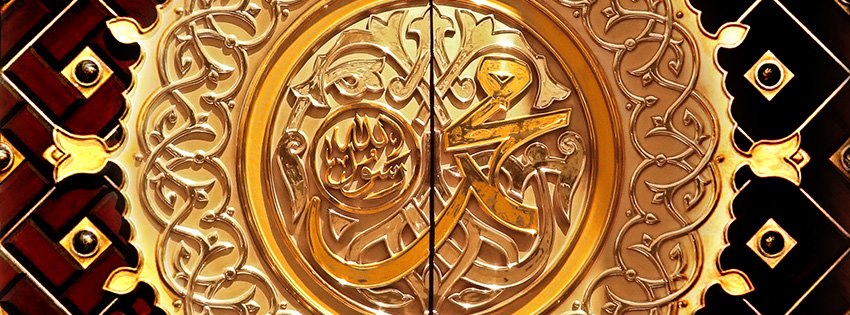
About eight hundreds years ago, Al Jazari buit this elaborate clock in order to celebrate the diversity of mankind and the universal nature of Islam. At this time, the Muslim world spread from Spain to central Asia. So, to reflect this scope, Al-Jazari used Greek (Archimedes) water principles combined with an Indian water timing device (ghati), an Indian elephant, an Egyptian phoenix, Arabian figures, a Persian carpet and Chinese dragons. The figure on the top of the castle is thought to be Saladin included as a sign of respect to the great leader. The features also symbolized countries and trade, and each animal had a myth associated with it: the elephant was a symbol of royalty, the phoenix of rebirth and life, and the dragon of power and impregnability.
As well as celebrating the diversity of this world, he also wanted to develop machines with a better design and greater output than his predecessors. So although was awe-inspiring to look at, its brilliance was really seen in adapting the perforated water bowl (Archimedian/ Indian ghati), so that it oscillated about its rim rather than sinking vertically. This was central to the whole timepiece.
The bowl had a hole in it and floated in a water tank inside the elephant’s belly. Gradually, it filled with water, slowly sank and tilted simultaneously, pulling three ropes attached to it. The three ropes then set of mechanisms that controlled thirty balls that were released individually, the action of the dragons, and the rotating scribe.
The ingenuity of Al Jazari was in the precision with which he measured the hole in the oscillating bowl: it took exactly half an hour for the bowl to fill, sink and begin again.
When the bowl sank it caused a flute noise, like a bird’s song, and the phoenix would spin. The released ball would make the dial behind Saladin turn, and Saladin would move from side to side, “deciding” which falcon would release which ball. The ball then dropped into the dragon’s mouth and it bent down placing the ball into the vase behind the Mahout, the elephant rider. That made him move his arms and a cymbal sounded as the ball went into the vase. The circles on the dial behind the top of Saladin’s figure told the time, as they filled half-by-half as each half-hour passed. this sophisticated series of actions and reactions continued every half-hour throughout the day.
The clock would be “reset” twice a day, at sunrise and sunset. This meant restoring the thirty metal balls to their original position and maintaining the water level, as the rate of flow changed daily because the “span” of an hour varied in length from day to day as periods of darkness and daylight altered.
A modern, over-sized, reconstruction of the Elephant Clock is in the Ibn Battuta Mall, the world’s largest themed shopping mall, in Dubai.
It is:
- 7 meters high (almost 3 times the original size)
- 1.7 meters wide
- 4.5 meters long
- 7.5 tones.
It uses Greek (Archimedes) water principles combined with an Indian water timing device (ghati), an Indian elephant, an Egyptian phoenix, Arabian figures, a Persian carpet and Chinese dragons, to celebrate the diversity of the world.


Pingback: Clocks | Nimble Knowledge World